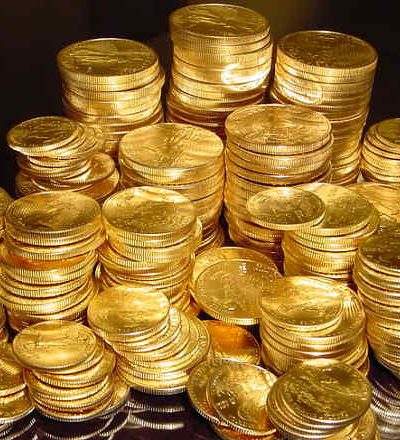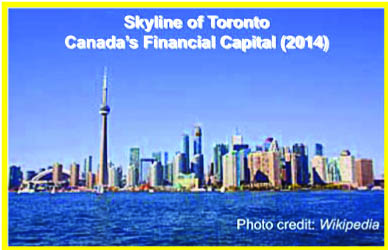By Tom Essaye
Wednesday, September 19, 2012
By now you’re probably aware of the Federal Reserve Bank’s surprising and aggressive announcement last Thursday: Unlimited accommodation until the jobs market improves. This was clearly bullish for stocks, as a big rally occurred after the announcement. Additionally, the U.S. dollar index was predictably weak, falling to yet another new low.
The U.S. dollar is trending lower because the Fed is aggressively easing monetary policy and will continue to do so. But this brings up an interesting and potentially dangerous problem for the global economy …
As surprising as it may be, the U.S. actually has one of the best economies in the world from a growth perspective. Yet the Fed just shifted its desire to reflate the economy, at the expense of the U.S. dollar, into overdrive. That’s good for the U.S. But it’s a problem for Japan, Europe, and China.
Since their currencies rise when the U.S. dollar falls, their exports get more expensive for the good ol’ American consumer. In each region, falling exports to the U.S. will further hamper their respective economic recoveries — especially in the case of Japan, where exporters desperately want a cheaper yen.
The Race to the Bottom
The point is that the Fed’s move has the potential to finally kick off what I, and others, have been calling the “currency race to the bottom” where there is coordinated, global devaluation of major currencies in an effort to boost economies and exports.
On cue, last Friday the Japanese Finance Minister Jun Azumi strongly hinted that the Bank of Japan may intervene to curb the yen’s rise against the dollar. What’s more, over the weekend the Chinese voiced displeasure with the Fed’s move.
If this currency “race” gains momentum, keep this in mind: All currencies will fall in relation to hard assets, even if they rally versus their major trading partners.
This should tell you that a potentially significant trend of competitive devaluation in the currency markets is in the making, which is indeed reason to have hard asset exposure in your portfolio.
For instance, as you can see in the chart below, from December 31, 2010, until September 17, 2012, gold rose from $1,421 to $1,763. At the same time, the U.S. dollar, the yen, the euro, and the pound all drifted lower.
The point is again to look towards hard assets as they’ll tell you the true value of a currency based on purchasing power, not based on another falling currency.
One way you can play this trend is with the Market Vectors Hard Asset Producers ETF (HAP). This ETF is comprised of companies that find and produce hard assets and commodities … things that should rise in value, even as global currencies potentially fall.








